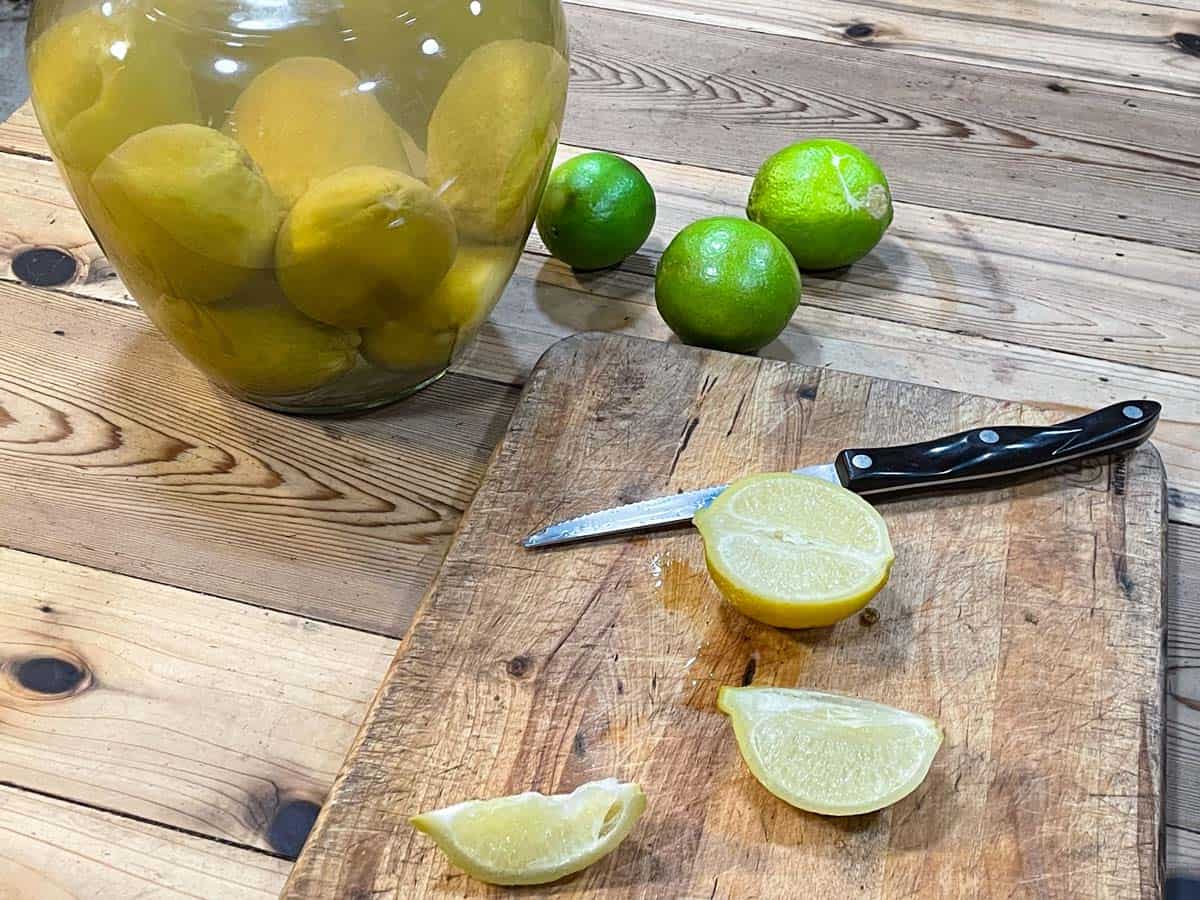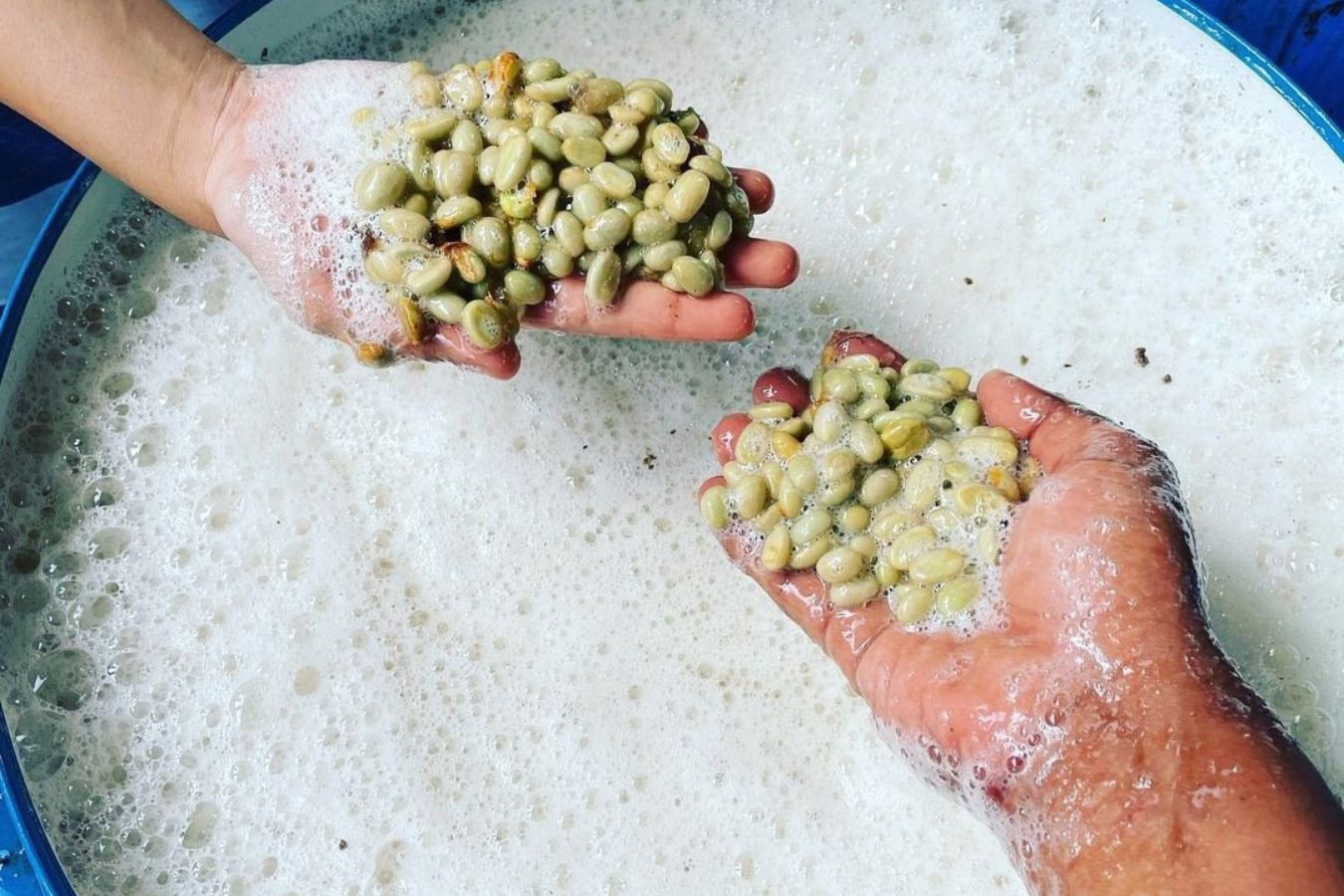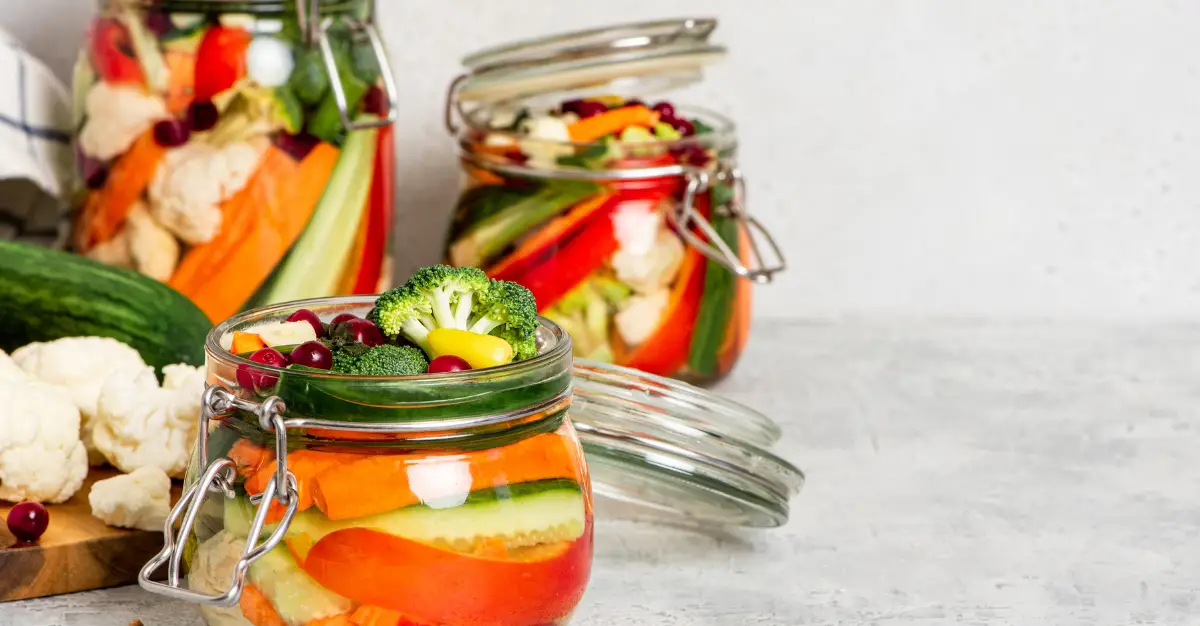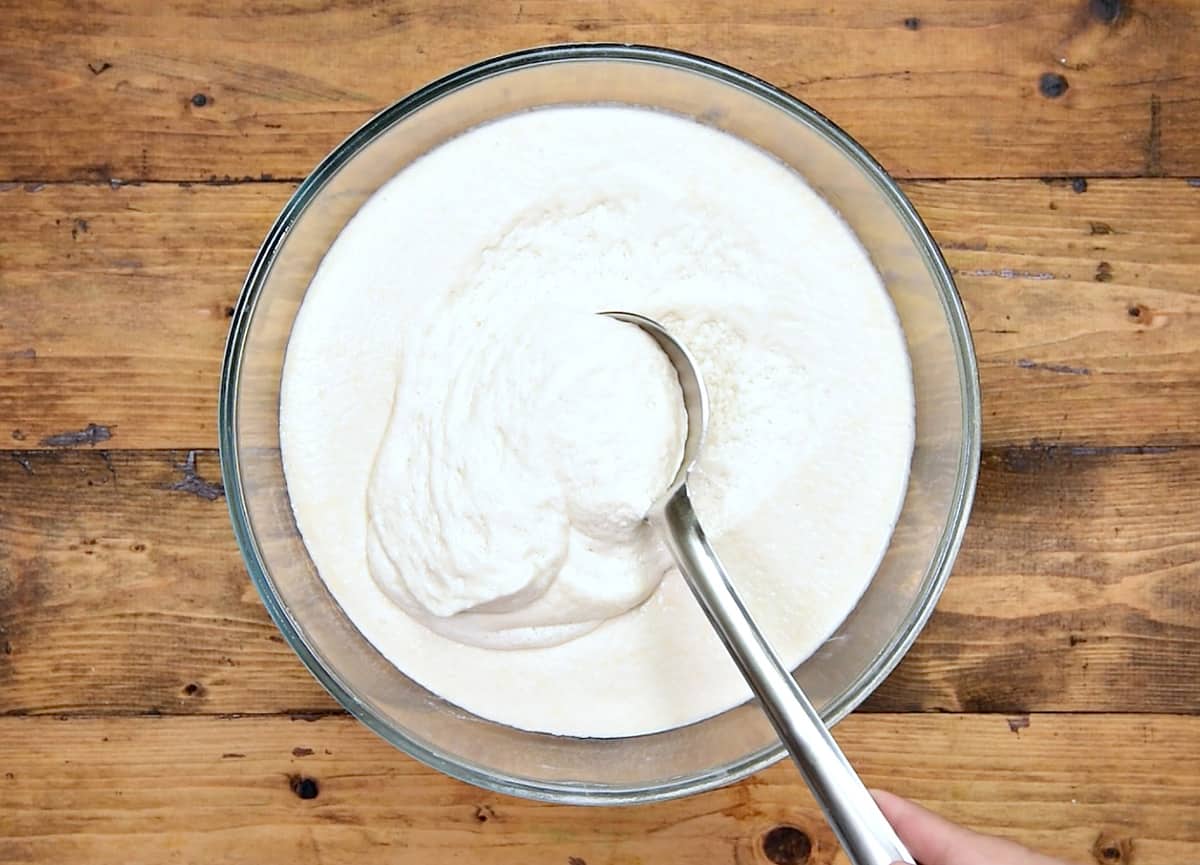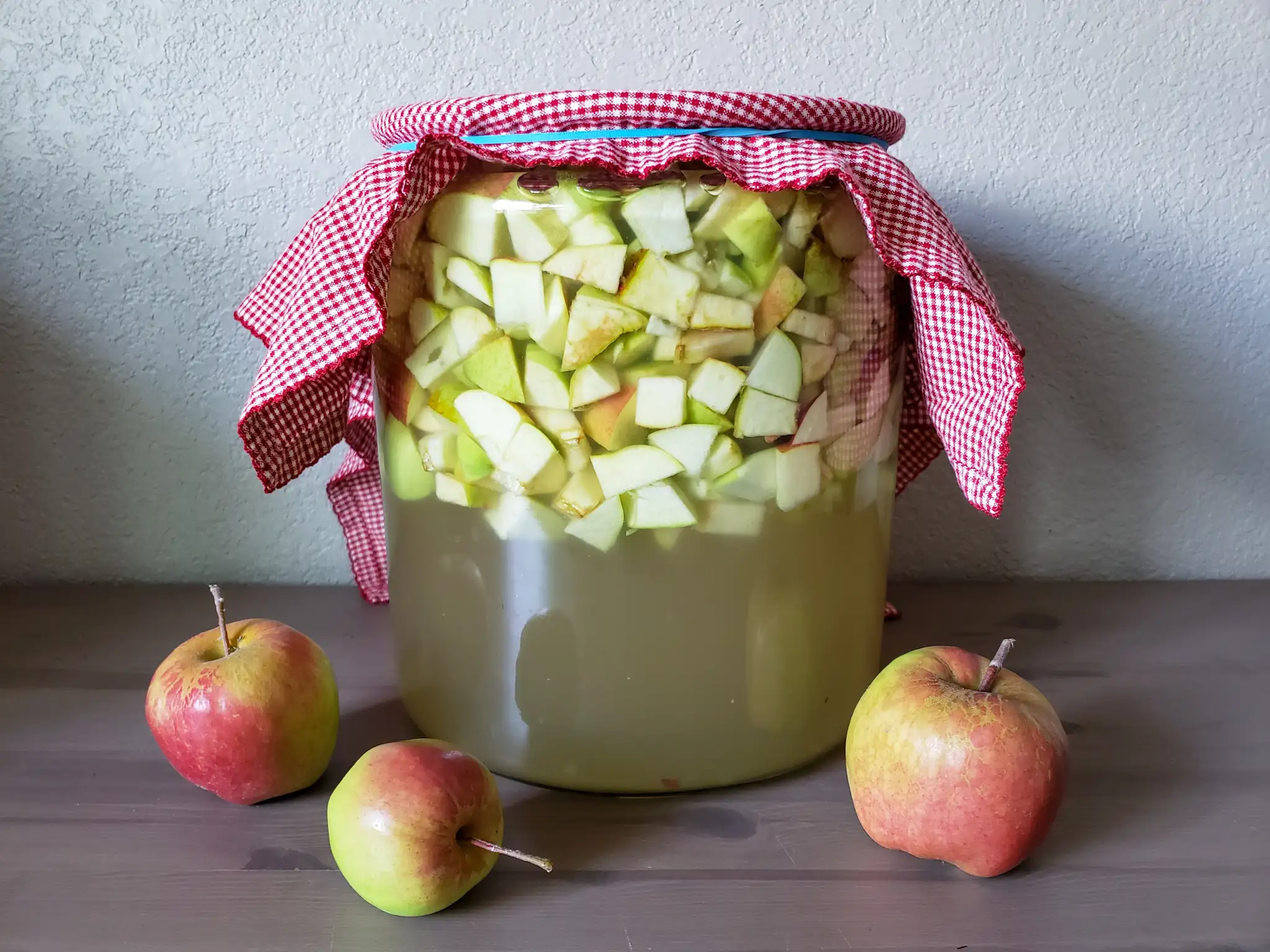Unlock the Flavor and Health Benefits of Fermented Vegetables with Vinegar
Welcome to the wonderful world of fermenting vegetables with vinegar! Fermentation is an ancient food preservation technique that not only adds a delightful tangy flavor to your favorite veggies but also boosts their nutritional value. In this guide, we’ll walk you through the simple steps to fermenting vegetables with vinegar so you can enjoy the delicious results at home.
What You’ll Need:
- Assorted vegetables (cabbage, carrots, cucumbers, etc.)
- White vinegar or apple cider vinegar
- Sea salt
- Mason jars
- Filtered water
- Spices and herbs (optional)
Step 1: Prepare Your Vegetables
Start by washing and chopping your vegetables into bite-sized pieces. Feel free to get creative with your selection – cabbage, carrots, and cucumbers are popular choices, but you can also experiment with radishes, bell peppers, or any other crunchy veggies you enjoy.
Step 2: Create the Brine
In a large bowl, mix together filtered water, vinegar, and sea salt to create a brine. The salt helps to inhibit the growth of harmful bacteria while allowing the good bacteria to thrive and ferment the vegetables.
Step 3: Pack the Jars
Place the chopped vegetables into clean mason jars, leaving some space at the top. Pour the brine over the vegetables, making sure they are fully submerged. You can also add spices and herbs at this stage to infuse extra flavor into your ferment.
Step 4: Ferment and Wait
Seal the jars with lids and place them in a cool, dark place to ferment. Check on them every day to release any built-up pressure. The fermentation process typically takes 3-7 days, depending on the ambient temperature and your flavor preference.
Step 5: Enjoy Your Fermented Vegetables
Once the vegetables reach your desired level of tanginess, transfer the jars to the refrigerator to slow down the fermentation process. Your homemade fermented vegetables with vinegar are now ready to be enjoyed as a tasty side dish, salad topping, or crunchy snack.
Not only do these fermented vegetables add a burst of flavor to your meals, but they also offer a host of health benefits. The fermentation process enhances the vegetables’ digestibility and nutrient absorption, while the live cultures contribute to a healthy gut microbiome.
Now that you’ve mastered the art of fermenting vegetables with vinegar, feel free to experiment with different vegetable combinations and flavor profiles. Whether you’re a fermentation enthusiast or a newbie to the world of pickling, this simple and rewarding process is sure to elevate your culinary adventures.
So, roll up your sleeves, gather your favorite vegetables, and get ready to unlock the delicious and nutritious potential of fermented vegetables with vinegar!
More Delicious Fermented Vegetable Recipes to Try
After mastering the art of fermenting vegetables with vinegar, the culinary adventures are just beginning. Delight in the variety of flavors and textures by exploring recipes such as Crisp and Tangy Pickled Cucumbers Recipe, which offer a crisp, tangy bite perfect for enhancing any meal. For those who favor a bit of heat, the Fiery Fermented Jalapeños Recipe are a must-try, adding a fiery kick to burgers and tacos alike. Not to be overlooked, the Sweet and Sour Red Onions Recipe provide a sweet, acidic touch that complements sandwiches and salads superbly. Each recipe uses the techniques discussed, allowing you to apply your new skills in exciting and delicious ways.
Was this page helpful?
Read Next: How To Ferment Lettuce

